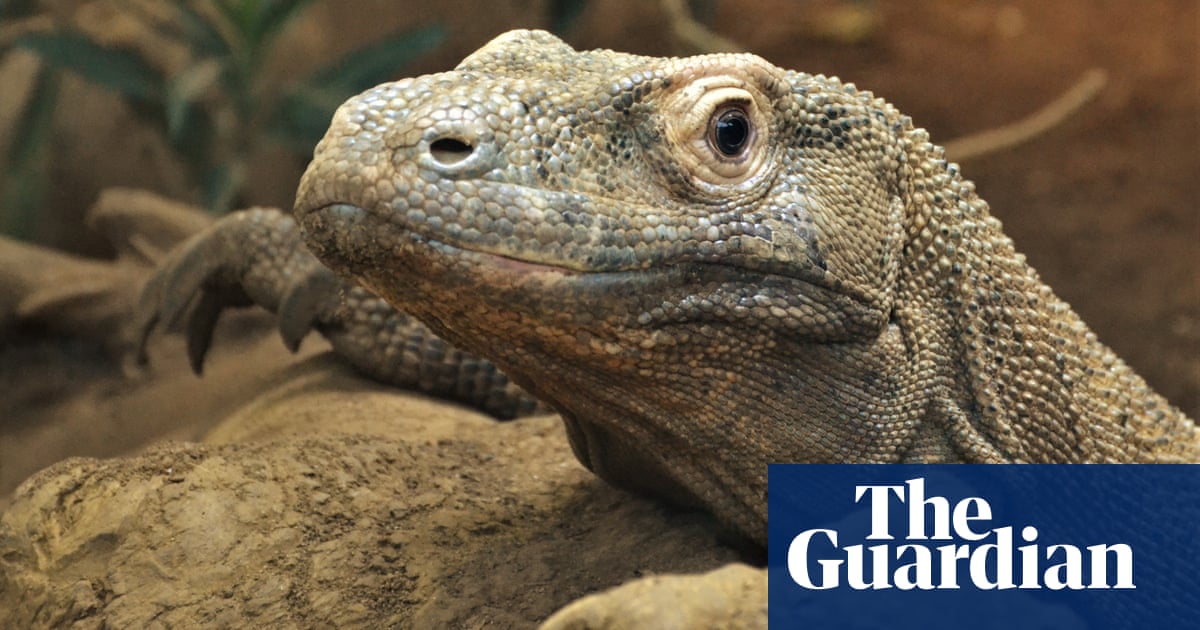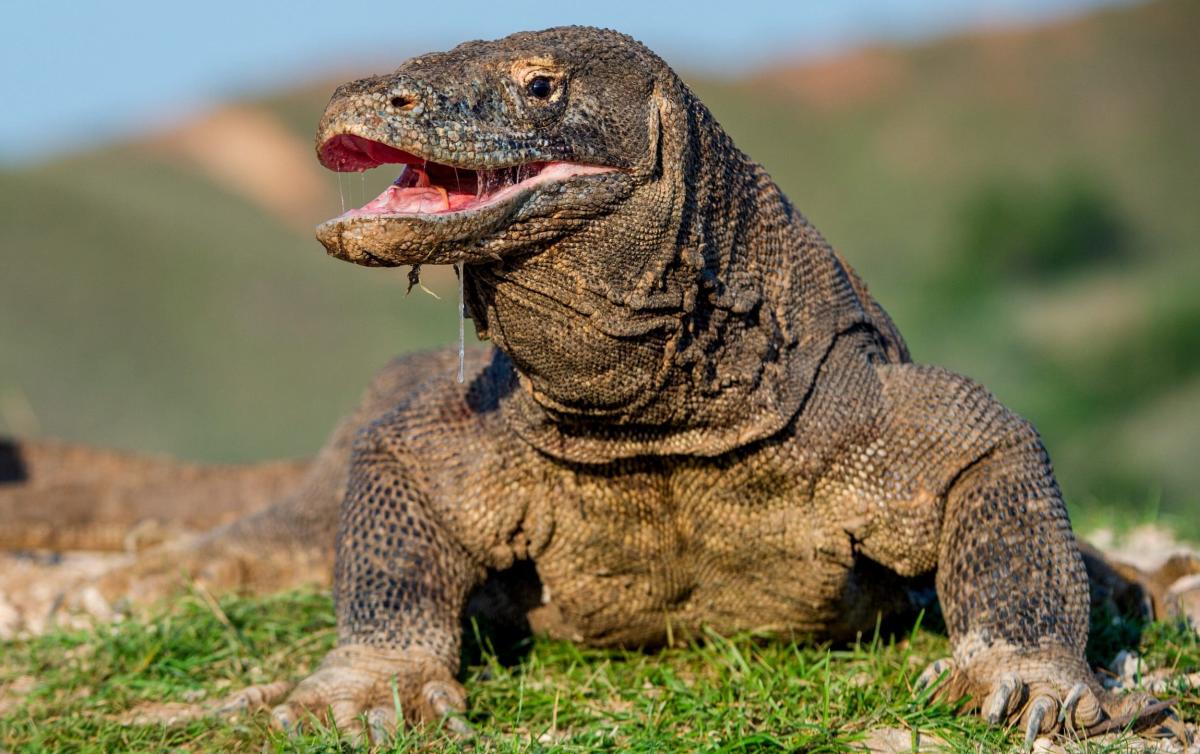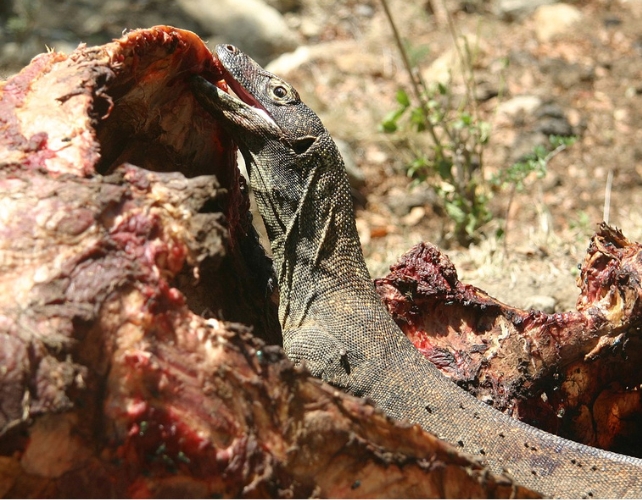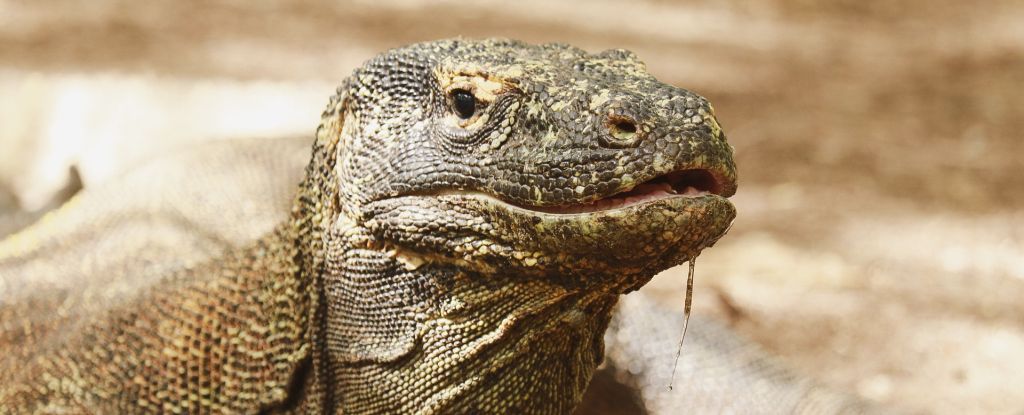
Komodo dragons, the largest living lizards, have been making headlines recently due to a fascinating discovery about their teeth. Scientists have found that these reptiles' teeth are coated with iron, which helps keep them razor-sharp and suited for tearing into flesh.
The iron-coated serrations on Komodo dragon teeth were first noticed due to their orange pigmentation. Researchers from King's College London used advanced imaging, along with chemical and mechanical analytical techniques, to study teeth taken from various Komodo dragon specimens as well as numerous other living and extinct reptiles.
The iron coating was most apparent on the Komodo dragon teeth, but similar iron-rich coverings were seen on the teeth of other reptiles. Aaron LeBlanc, a lecturer in dental biosciences at King's College London and lead author of the study, said: “It looks like it could be a really overlooked but widespread feature of reptile teeth.”
The iron coating helps keep the dragon's teeth knife-sharp. This discovery could eventually lead to new dental techniques that could be used in humans, as researchers believe there may be opportunities to use the structure discovered in this work to inform new strategies for regenerating enamel in humans.
Komodo dragons are native to Indonesia and are the largest living species of lizard. They have curved, serrated teeth that resemble those of carnivorous dinosaurs such as Tyrannosaurus Rex. The iron-tipped fangs could have been shared by extinct meat-eating dinosaurs, although the adaptation cannot be seen in the fossil record.
The discovery of iron-coated teeth in Komodo dragons is significant because it provides insights into how carnivorous dinosaurs might have eaten and if they used iron in their teeth like modern Komodos. Unfortunately, using current technology, researchers cannot see whether fossilised dinosaur teeth had high levels of iron or not.
Komodo dragons are under threat of extinction due to habitat destruction and illegal hunting. Indonesian authorities have considered banning tourists to the island amid concerns that visitors were affecting the animals' mating habits and causing them to become docile because of food handouts.
In conclusion, Komodo dragons' iron-coated teeth are a remarkable adaptation that helps them tear apart their prey efficiently. This discovery could lead to new insights into how carnivorous dinosaurs might have eaten and potentially inform new dental techniques for humans.







